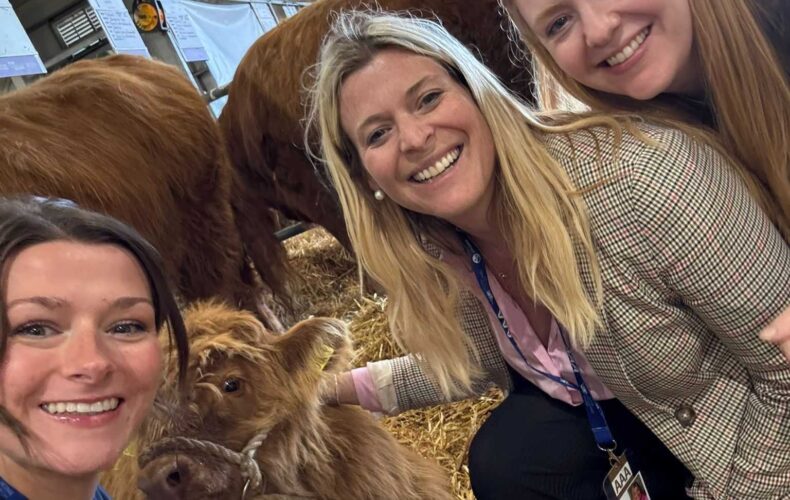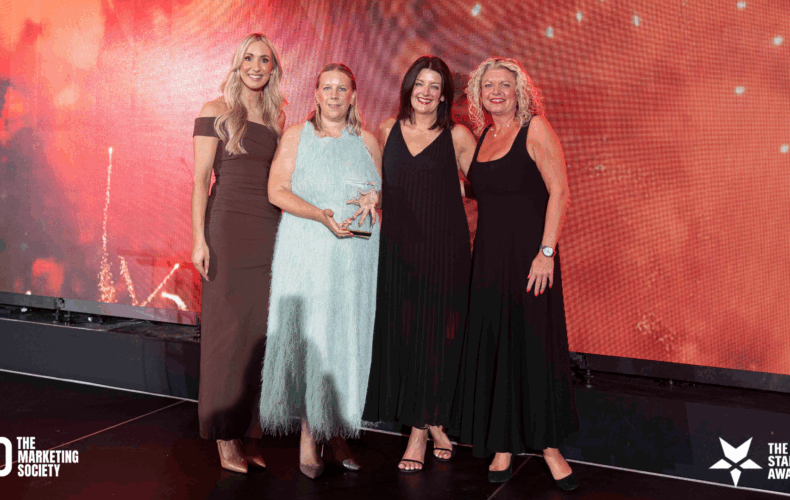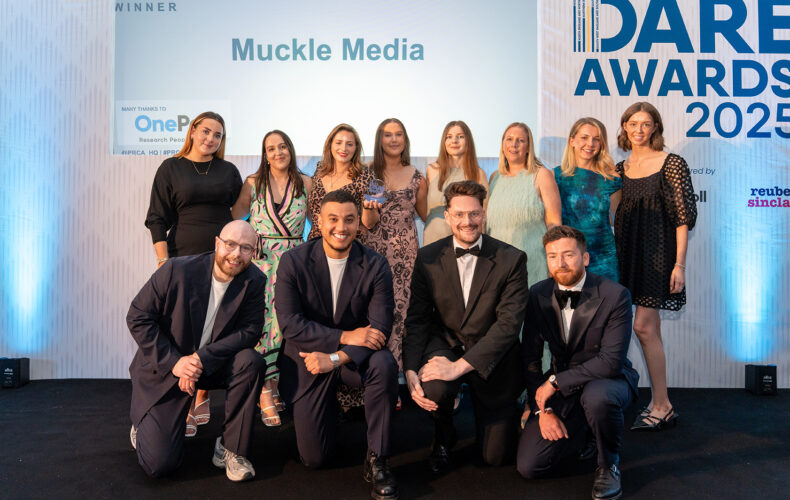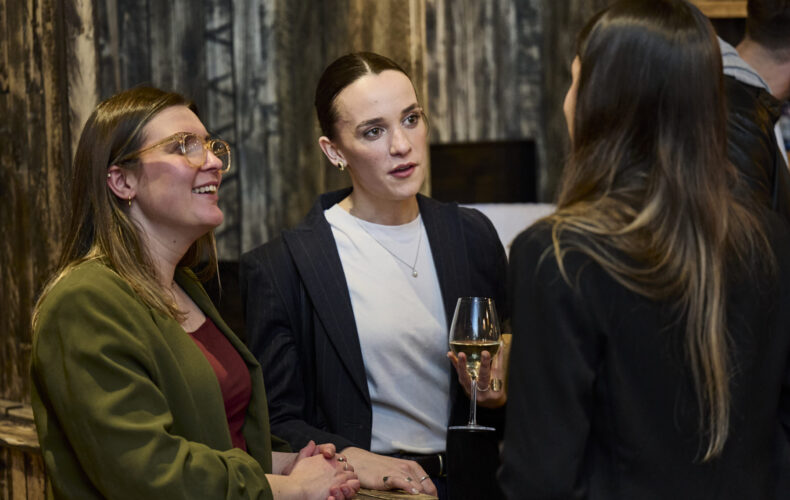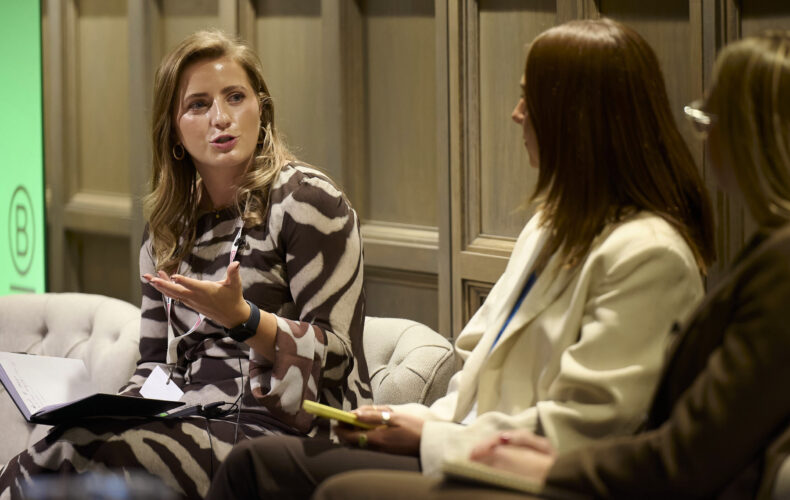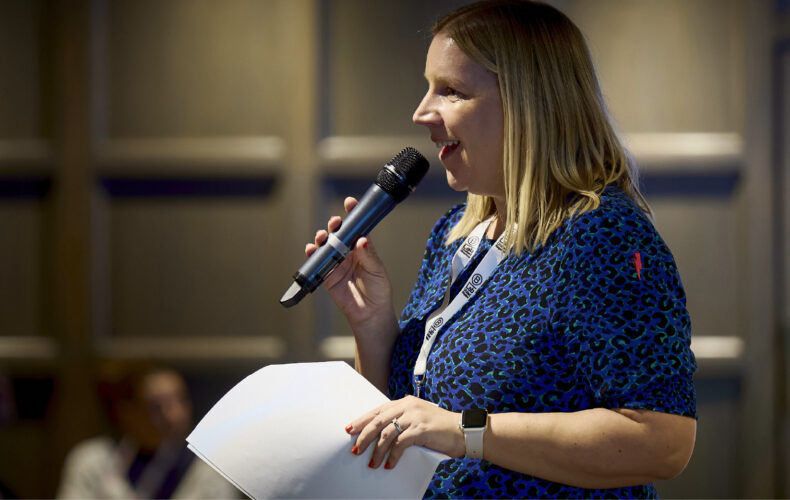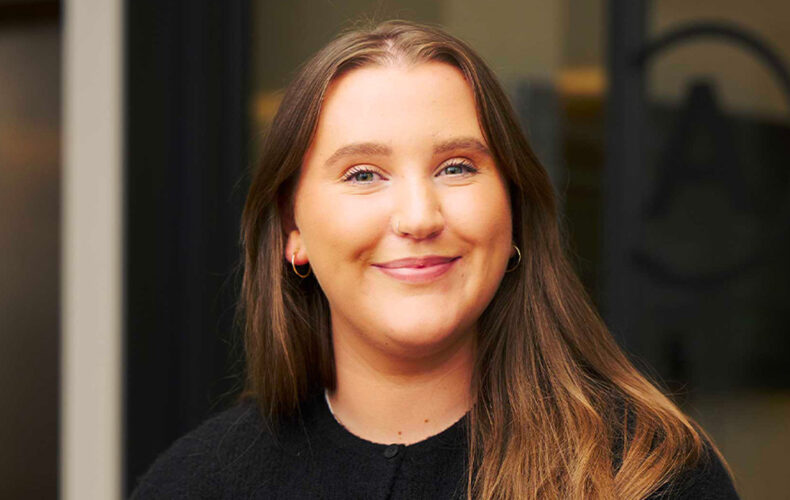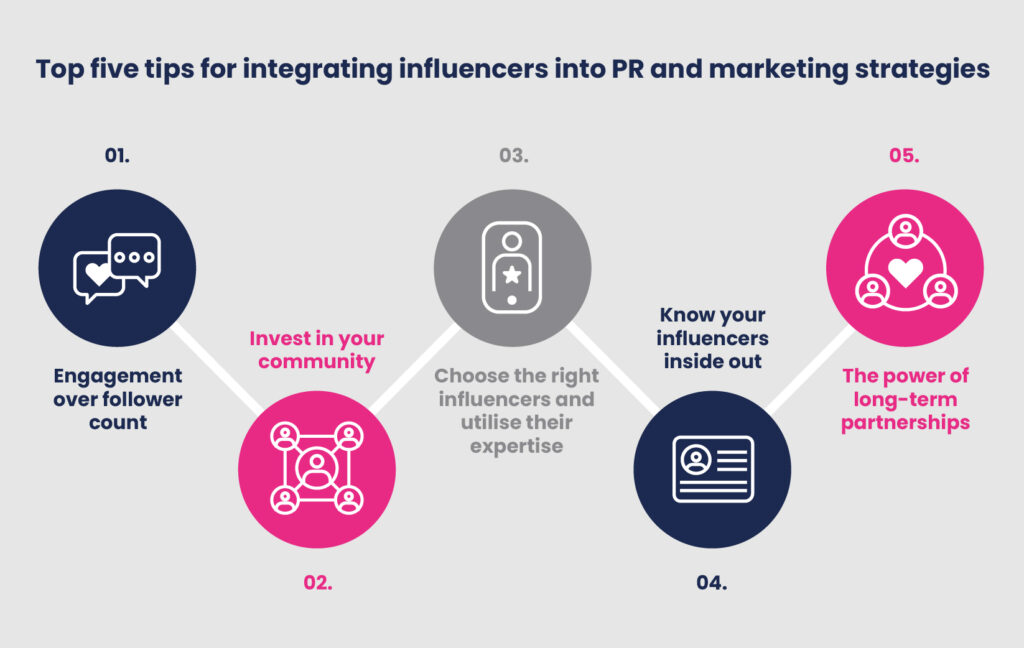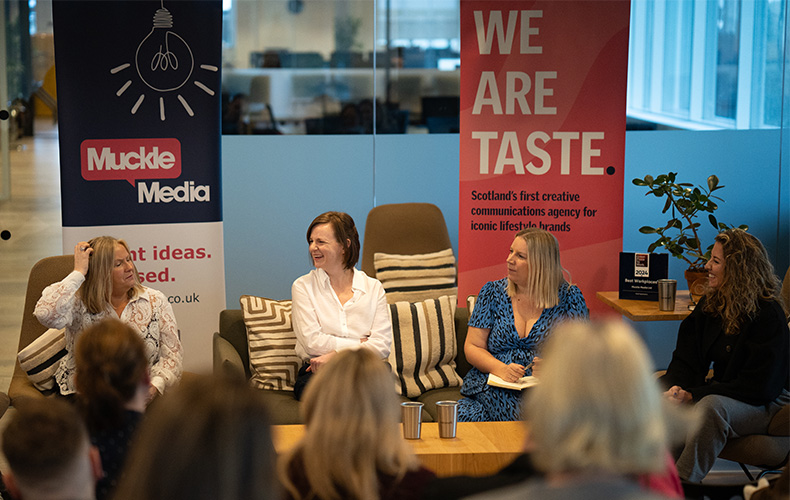Running the Royal Highland Show press office is an udderly brilliant job
It’s not often that you get to go to work with over 6,000 cattle, sheep, horses and goats, not forgetting donkeys, alpacas, honeybees and sheep dogs! But that’s exactly what the Muckle team did this weekend when we took-up office with a view of hundreds of different breeds of cows at Scotland’s largest outdoor event, the Royal Highland Show!
2025 is the second year we have managed the press office at this spectacular agricultural event which sees the crème de la crème of Scotland’s agri and rural communities gather to showcase their award-winning cattle and compete for prestigious trophies, cups, plates and prize money.
While competitions have always been at the heart of the Show, which has run for 203 years, this historic event is about so much more than this. It’s where thousands of farmers and their families and friends gather annually for almost a week in June to socialise, catch-up, form new friendships and connections, discuss and take forward business opportunities and celebrate what is one of the sectors most long-standing traditions of coming together in person – something that most farmers or those working in the rural sector don’t get much chance to do when they’re working day and night looking after their animals and business at hand.
And it’s not just for farmers. This year’s Show saw over 22,000 children attend with their families and with children 15 and under able to attend for free, it’s a popular choice for a family day out, where activities like axe throwing, forestry and mountain bike displays, live music and mini (Land) rovers can be experienced.
It’s safe to say that the Show is one of the most heartwarming and wonderful sights to see. Set across 197 hectares – the equivalent of around 180 football pitches – it really is a location like no other where you can watch in awe as Scotland’s best livestock and horse riders compete, the country’s leading agricultural businesses showcase wonderfully big machinery and innovations and where the very best in Scotland’s food and drink providers share samples and new products all in one place. It’s where tradition meets modern ways of thinking and working, where you can see a hydrogen-powered engine displayed alongside a fourth generational farmer preparing an animal just as his great-great grandfather did.
So, after the team treading a combined 205,749 steps across four-days at the Show’s site at the Royal Highland Centre at Ingliston, here are some of our much-loved moments at the Show!
- Stalls, stalls, stalls
Yes, there are hundreds upon hundreds of stalls which help to house cattle during the Show but the stalls we’re talking about relate to the retail kind and 750 of them to be exact.
Within Scotland’s Larder, businesses and start-ups stemming across Scotland’s food and drink sector set up shop for four-days to sample their wares and, importantly showcase tried and trusted, as well as new and emerging products to over 200,000 customers.
It’s a platform like no other where suppliers, buyers and retailers join the trail to find the tastiest and trendiest delights.
We absolutely LOVED hearing from the people and the stories behind social enterprise, Sea Buckthorn (https://www.seabuckthornscotland.co.uk/), Scottish moonshine company, Angus Alchemy (https://angusalchemy.com/), newcomer non-alcoholic spirit Naesip (https://naesipdrinks.com/), organic craft chocolate makers Chocolate Tree (https://www.choctree.co.uk/) and delicious berry brand, Angus Soft Fruits (https://www.angussoftfruits.co.uk/).
2. VIP visits
The Show is a hive of activity for grassroot discussions amongst farmers and local communities but also politicians and even Royalty. Across the four-days, the Show team was privileged to welcome the First Minister, the Cabinet Secretary for Rural Affairs and HRH the Princess Royal. Yes, discussions touched on the key issues affecting the agricultural community but also saw John Swinney MSP making pizzas with young people in the RHET (the Royal Highland Educational Trust) Discovery Centre, which educates young people on activities and learning opportunities that align with the Curriculum for Excellence. Mairi Gougeon MSP met with many inspiring ladies at a Women in Agriculture Scotland breakfast to discuss the importance of women in Scottish agriculture and HRH Princess Royal watching the illustrious showjumping displays.
3. A press office with a view
In advance of the Show taking place, we helped to manage the accreditation for over 200 media from across the world! From navigating satellite trucks, to facilitating interview requests, sharing competitor information and imagery, the press office finally made it out of the chats and into reality when we set up our base above the Cattle Hall. Although noisy to start with the noise soon drowned out as the hustle and bustle of journalists began at 7am on Thursday morning!
There’s nothing quite like the buzz of the media centre during a live event, and we absolutely loved seeing new and known faces and having wonderful chats about the industry, life and, as us Scots always do, the weather! We love nothing better than hosting everyone over the event, sharing amazing daily shots, assisting with filming requests and reading articles that perfectly capture the essence of the Show – pure magic! Our top reference to the Show has to be that the Royal Highland Show is like Glastonbury for the farming community (thanks Keith Findlay)!
4. Majestic animals
Over 6,000 livestock were welcomed, including 700 cattle, 2,000 sheep, 400 heavy horses, 1,700 light horse entries, from 2,500 competitors! To be able to witness some of the spectacular events, from the Heavy Horse Turnouts (horses and carts), to the Grand Parade (the champion livestock), and the Young Handler competitions is always a great honour and this year didn’t disappoint. The Young Farmer tug of war is just as fun and there were some great fights on the field fought and won! In amongst all of the competitions are a series of wonderful awards that are given out each year. The Sir William Young Award is one of the top honours at the Show and recognises a lifelong dedication to the wider agricultural industry. This year, the award was presented to Jimmy Wilson, a renowned sheep breeder from Aberdeenshire. With his family by his side, it was an emotional moment that really reminds everyone the historic importance and legacy of an event like the Royal Highland Show, holds.
5. Trophies for days
With over 300 trophies handed out across the four-day event, it’s no mean feat preparing these for their new owners. Each trophy takes around an hour to polish, meaning it takes a full 40 days to get the trophies ready for the Show. This year, Jordan Zaccardelli of Links Engraving, has taken on the mantle of what you could say, is one of the most important jobs within competitions. Following the Show, all trophies will get engraved for the newest champions across all the Show’s categories.
The Royal Highland Show 2026 dates have already been confirmed – 18th-21st June. If you’ve never been or can’t wait to go again, then make the most of early bird tickets now! We’re passionate about the Show and supporting our client, RHASS, organisers of the event. If you would like to link up with RHASS or be part of a future Show, please reach out to us.

